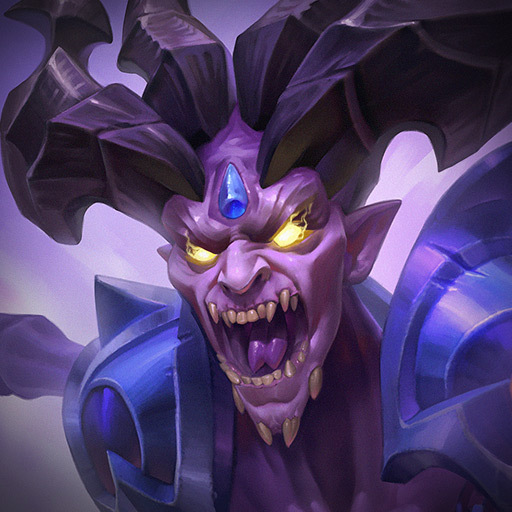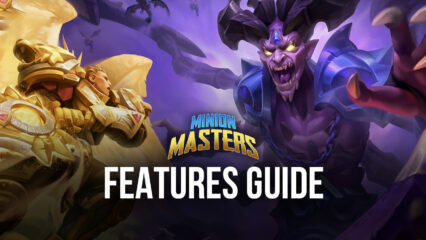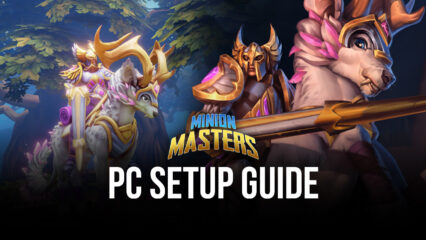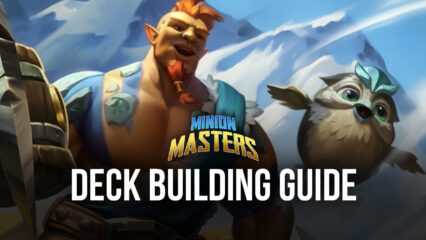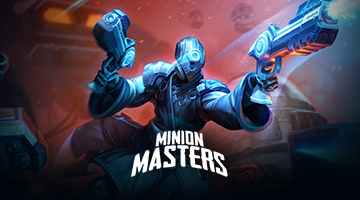Minion Masters Beginner’s Guide - An Overview of the Basic Card and Battle Mechanics
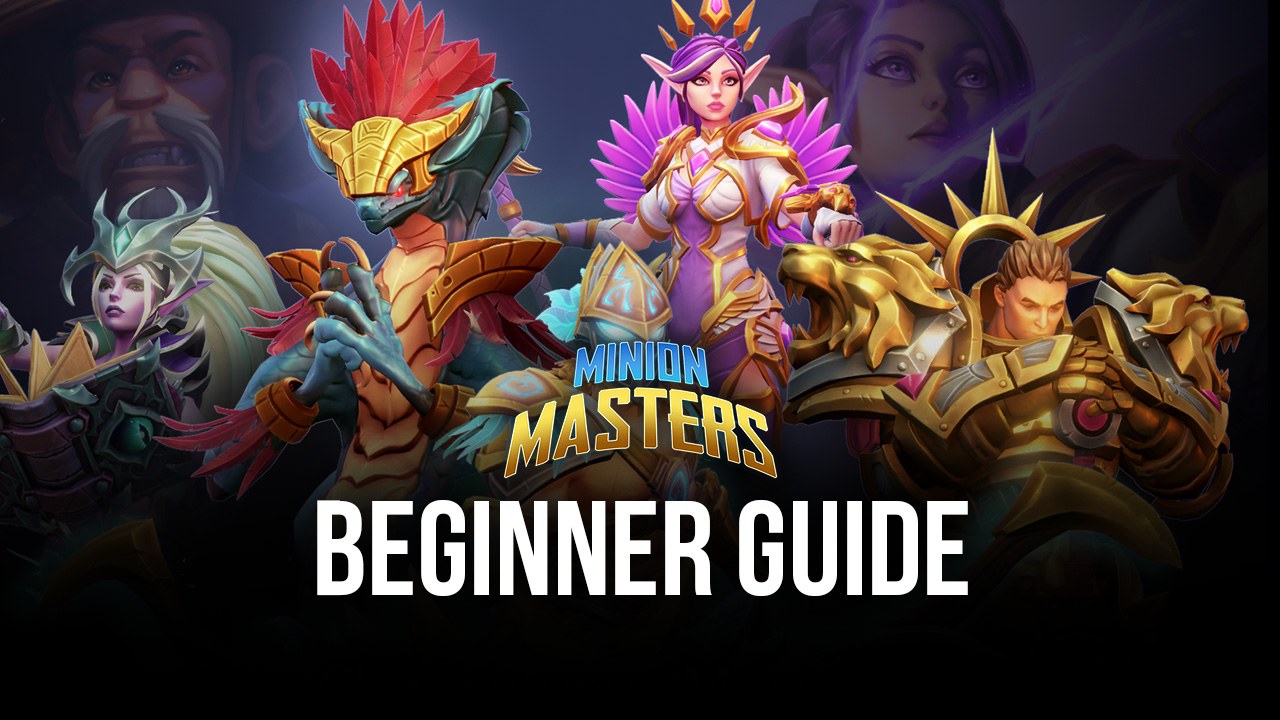
Minion Masters is similar to other real-time card games out there like Clash Royale, or Revolve8, among others. However, this game also has its own set of mechanics and systems to set itself apart from the rest, and stand proudly as its own unique thing, and it has done so since its initial PC and console release back in 2019.
And now that Minion Masters is now on mobile as well, we figured that now would be as good a time as any to revisit the basics and go over the game’s mechanics and systems. If you’re new to this title and would like to start on the right foot, then we highly suggest reading this guide, as you’ll learn everything you need to know in order to win all your battles.
Acquiring New Cards
First and foremost, while you always start your game with a full deck, you’ll want to start diversifying your roster with new cards, at least if you want to try out new strategies and builds. And if you’re playing Minion Masters on PC with BlueStacks, you can even use the Instance Manager to play on multiple accounts simultaneously, and in this manner try out a variety of different builds and cards, just to see which one you like the most.
But we digress.
There are a few ways in which you can obtain new cards in Minion Masters, most of which are, sadly, randomized. In other words, while there are various modes that can reward you with more cards for your deck, you never really know what you’re going to get, which is why playing on multiple instances can be so helpful.
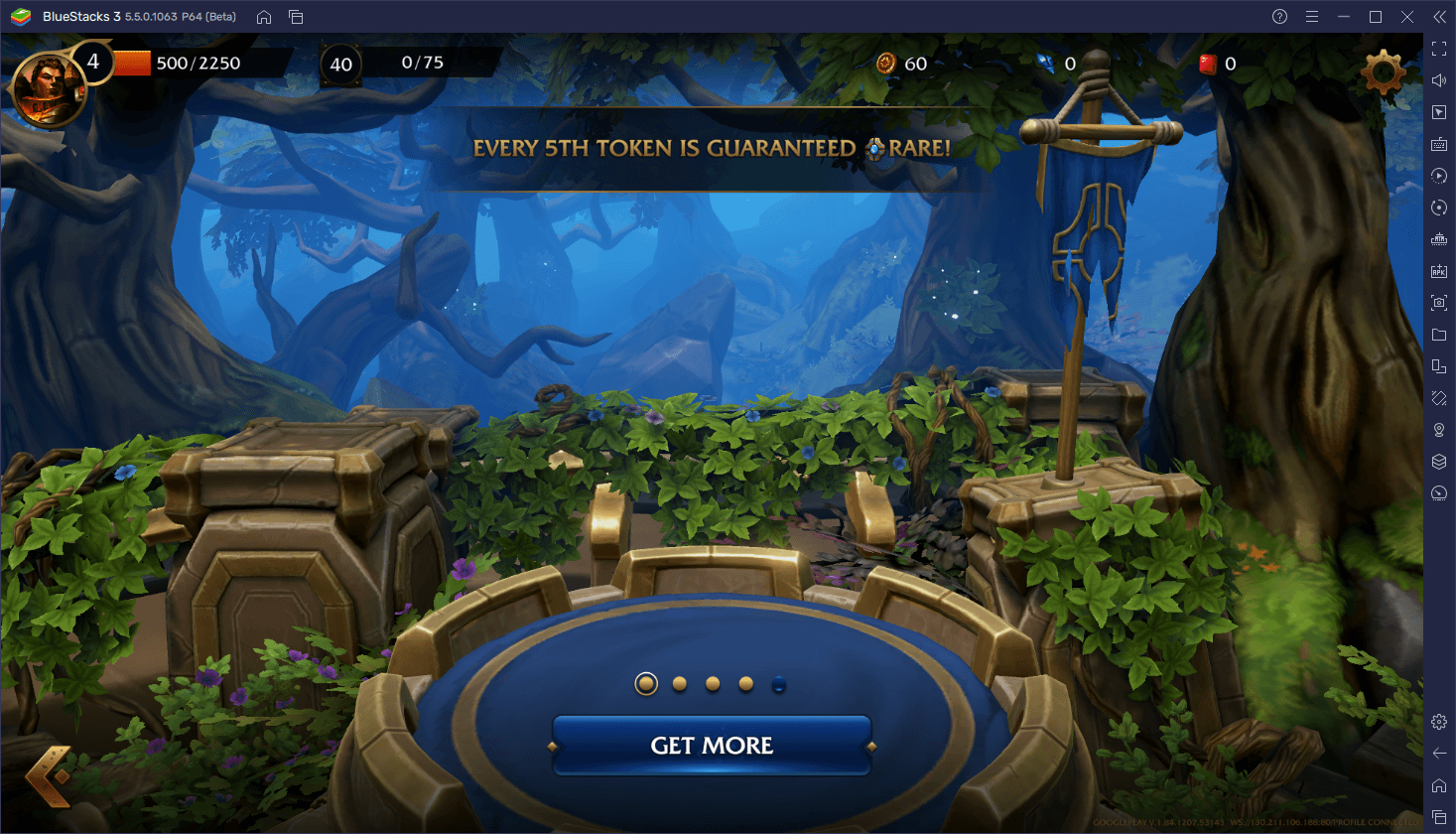
Players can acquire new cards in Minion Masters firstly through collecting their shards, which are obtained every time you use a Power Token in the Power Tower. These tokens are purchased either with gold, at a rate of 1,000 per token, or with Rubies, at a rate of 80 per token, and with a minimum purchase of at least two tokens. Through this method, every 5th token spent is guaranteed to give you a rare shard or card. And speaking of full cards, another way to get new cards is also from the Power Tower itself, which also has a chance of yielding full cards per token.
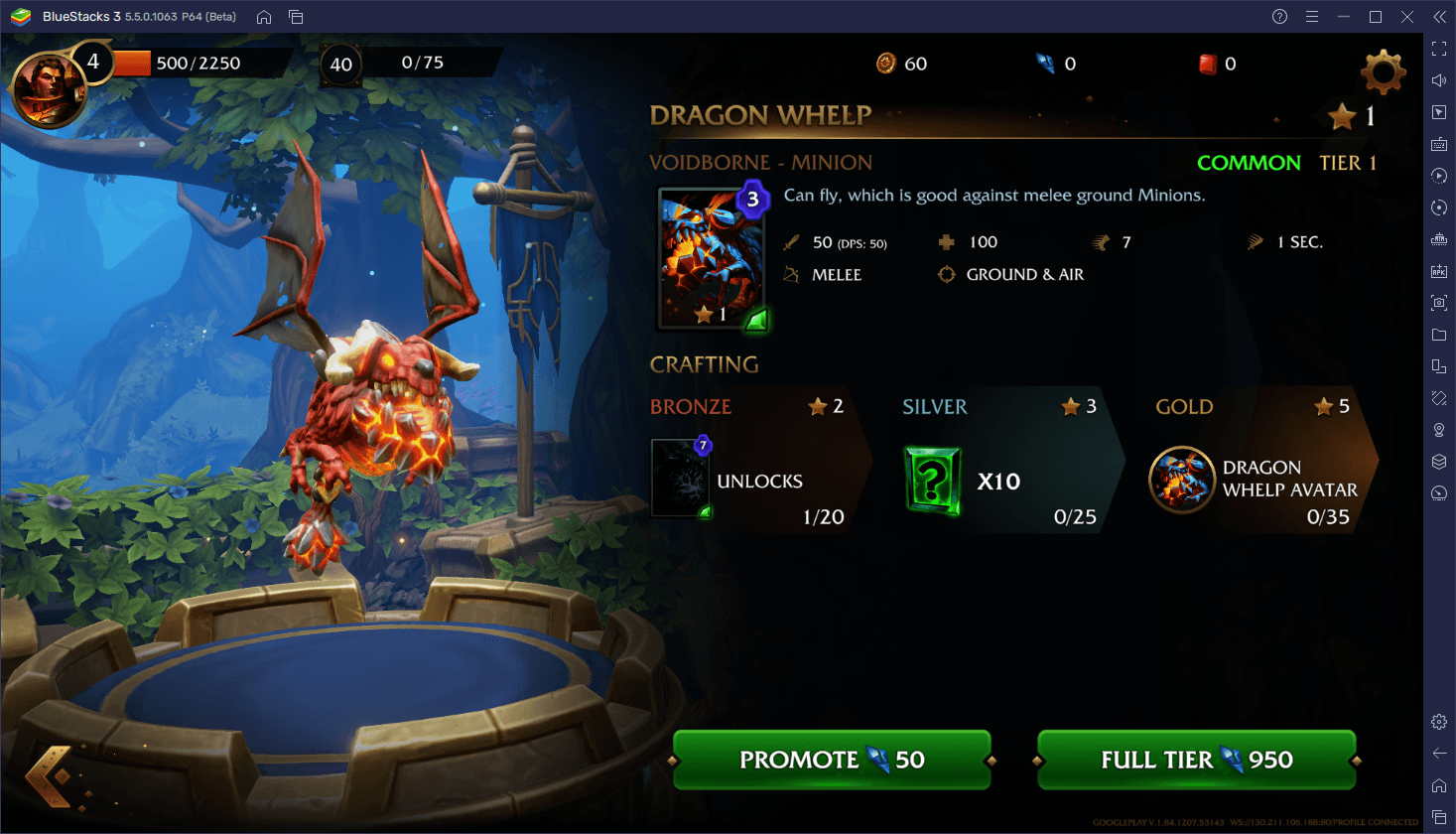
Players can also acquire new cards randomly from playing in the Draft game mode, or by purchasing them from the store whenever there’s a featured offer.
Card Stat Basics
Now that we know how to add new cards to our decks and rosters, let’s go ahead and check out their stats and go over what they actually mean in practice. You can check a card’s stats simply by clicking on them in the card menu, after which you’ll find their basic stats to the left.
Here’s a breakdown on each stat and what they affect:
- Damage: Represented by the sword icon. This stat corresponds to the damage done by the units with every attack. The DPS stat between parentheses is obtained by multiplying the unit’s damage by their attack speed.
- Health: Represented by the cross icon. Simply corresponds to the amount of HP that each unit has.
- Speed: Represented by the boot icon. Corresponds to how many units of range the minion can move per second. For reference, the bridges on the battlefield are 8 units long each.
- Attack Speed: Represented by the swinging sword icon. Corresponds to how many attacks a unit launches per second.
- Range: Represented by the bow icon. Corresponds to the attack range of the unit in question.
- Targets: Represented by the crosshair icon. This stat indicates the targets that the unit can attack.
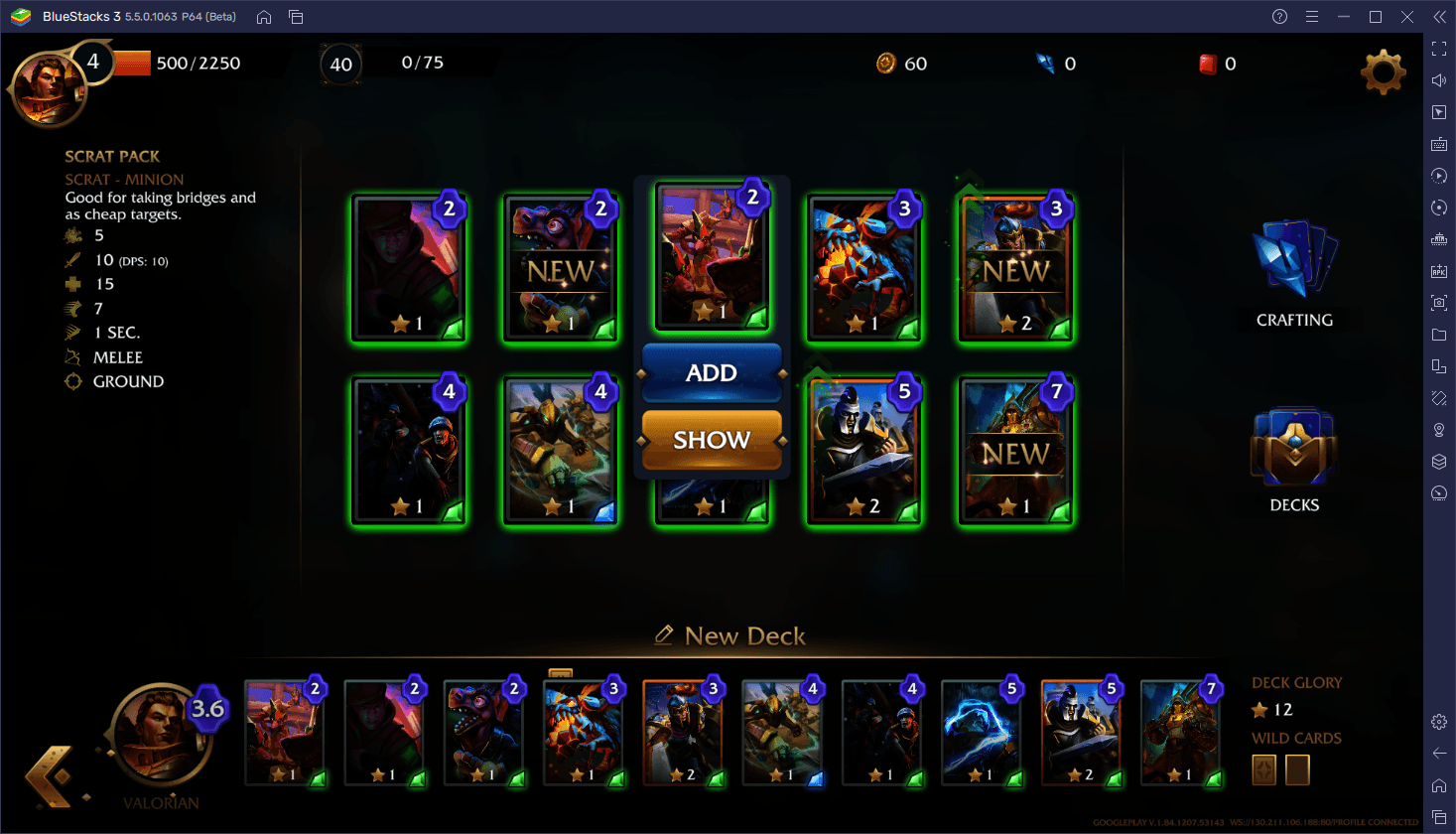
Knowing what each attribute represents and what they mean in practice is always the first step in building effective card decks. However, even if you know about your cards’ stats, it’s also important to know how units actually behave in combat, which brings us to our next point…
Minion Behavior
While your knowledge of what each of the card stats affects is important, you must also know how to use each of your units effectively. And to this end, there are a few things you need to know about how your minions behave in combat.
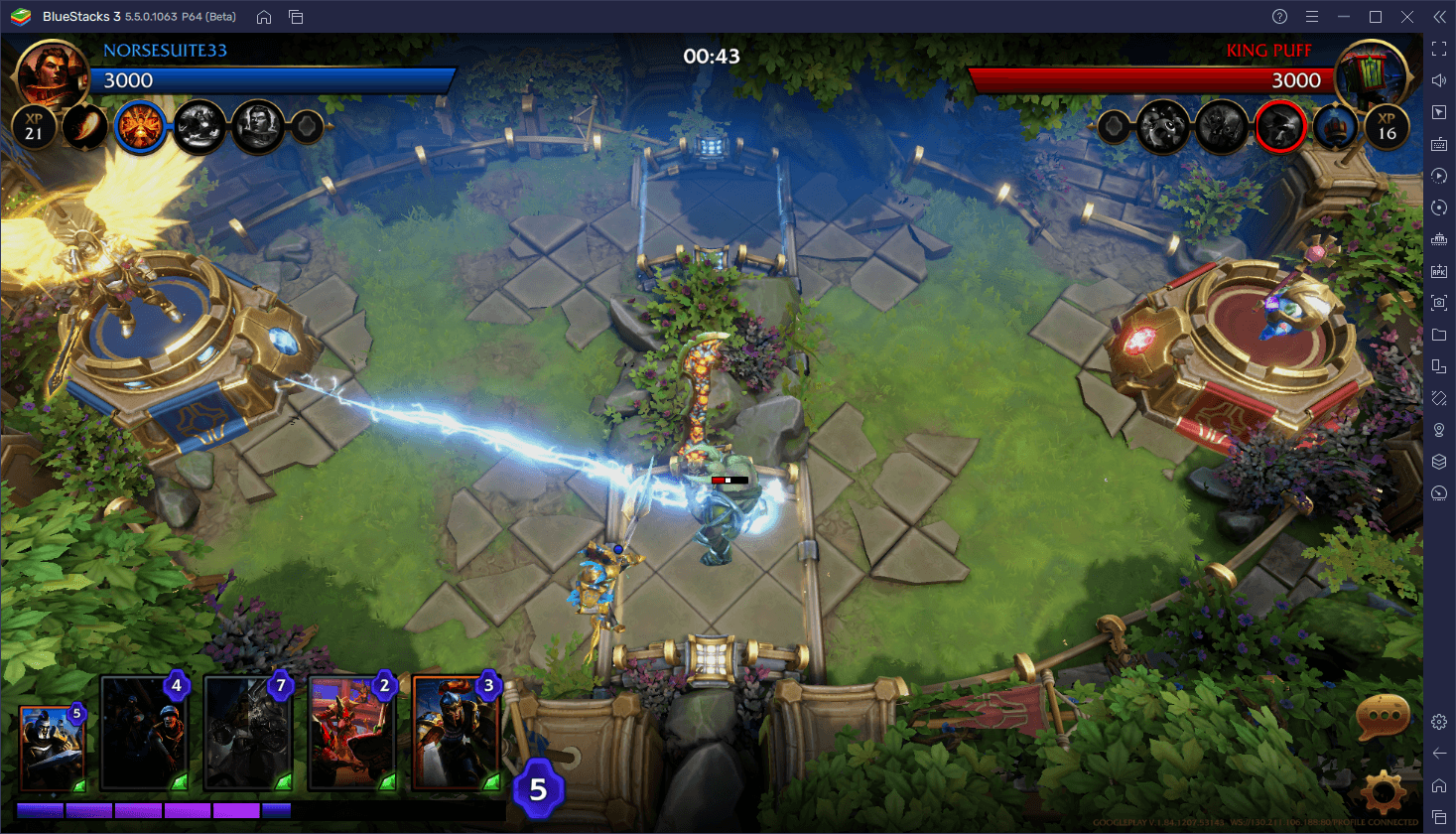
After you first drop a card on the field, there’s a slight delay before they can start moving and attacking. For spells and buildings, this base delay is 0.5 seconds, plus whatever individual delay that they may have, which varies from card to card, but is never over 2 seconds. Minions, on the other hand, have a 1.5-second delay period when they are summoned, during which they’re rooted in place and inactive, but can still be targeted and attacked. Keep these delays in mind for when you’re summoning units mid-combat, as well as for effectively aiming your spells
Once summoned, your minion will automatically perform a series of tasks, depending on the circumstances.
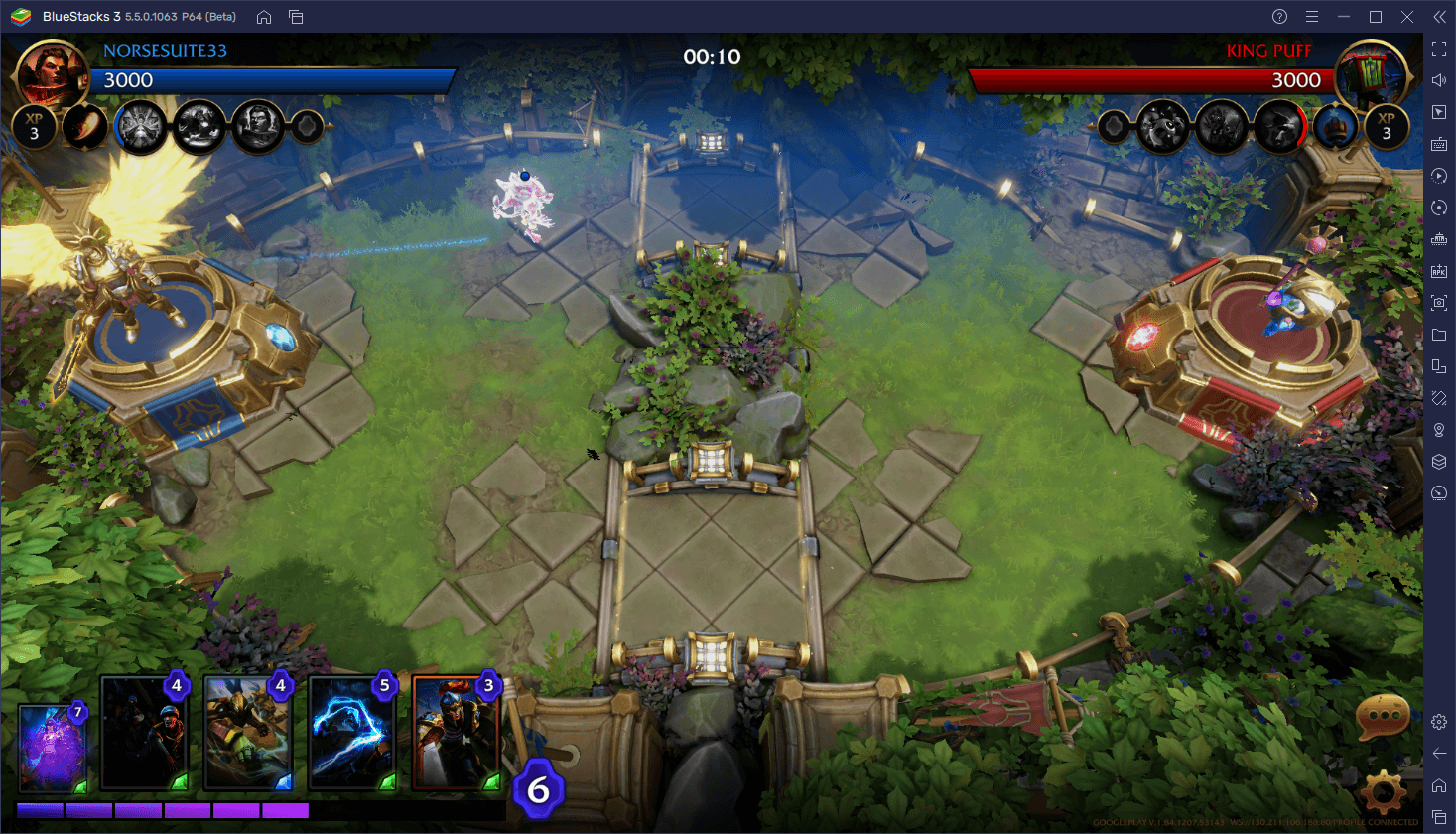
After the summoning delay, your minion will default to walking toward the enemy’s master tower, taking the shortest route possible. However, if an enemy enters a unit’s aggro radius, they will immediately target them and engage them until the enemy is either dead, or they exit the aggro radius through any means, after which your units will resume their normal behavior. When it comes to aggro radius, every unit has a standard radius of 8 units, though this varies in ranged units, where their aggro radius is equal to their attack range.
By knowing what your units will do upon spawning, you can plan effective attacks that will slip past the enemy defenses, and possibly turn a losing battle into a resounding victory.
Mana and XP
And finally, we have two small but important mechanics to discuss.
In order to summon minions, cast spells, and place buildings on the field, you need mana, which is a resource that regenerates automatically over time. This feature is present in basically all the games in this genre, and it’s very likely that you’ll know all about it as soon as you start in Minion Masters. However, there is important thing you should know about the mana in this game. The recharge rate for this resource increases as the match progresses, in the following manner:
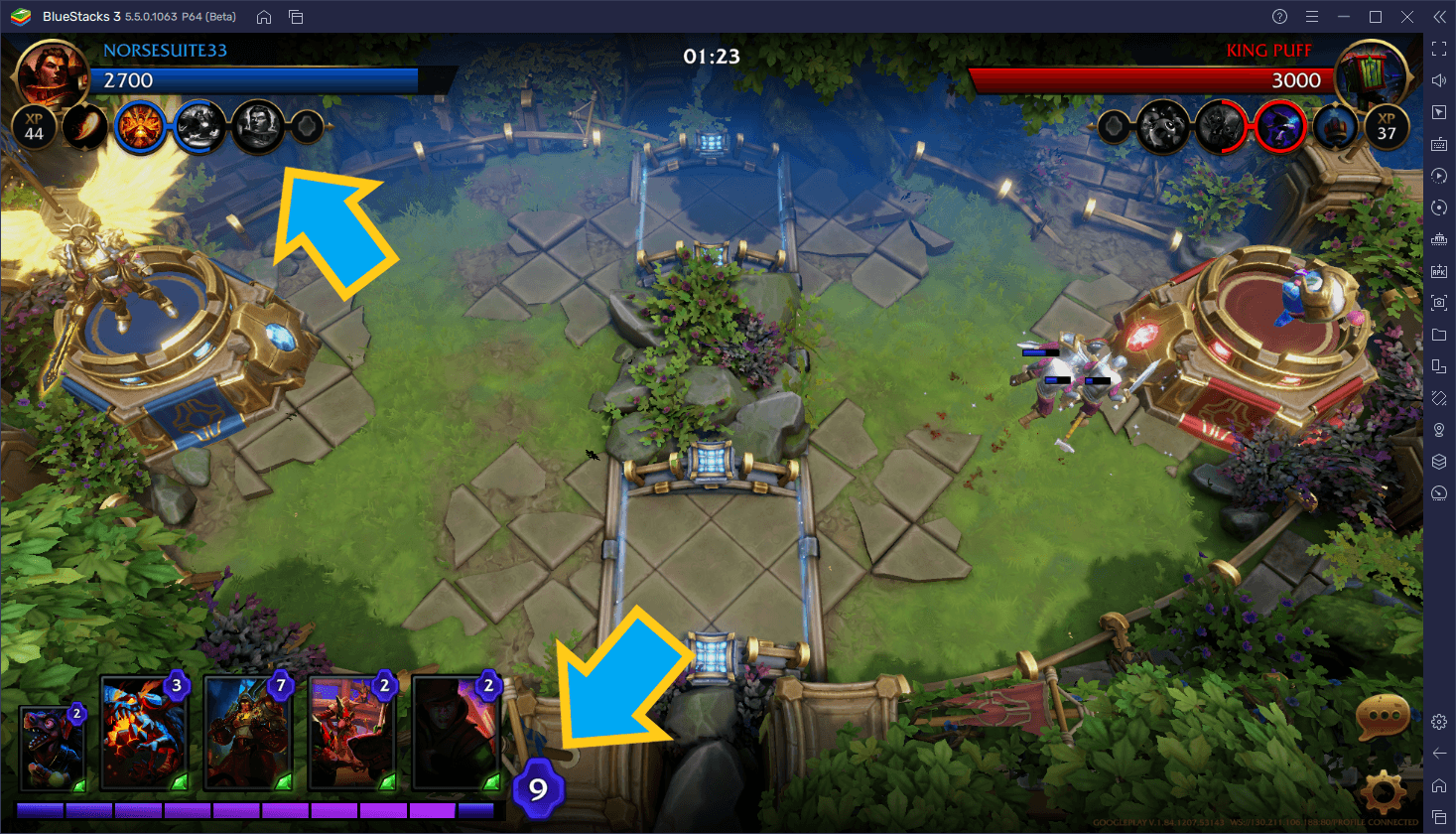
- 0:00 to 0:59: 1 mana every 3 seconds. 20 per minute.
- 1:00 to 1:59: 1 mana every 2.5 seconds. 24 per minute.
- 2:00 to 2:59: 1 mana every 2.1 seconds. 28 per minute.
- 3:00 to 3:59: 1 mana every 1,9 seconds. 32 per minute.
- 4:00 to 4:59: 1 mana every 1.7 seconds. 36 per minute.
- 5:00 and Beyond: 1 mana every 1.5 seconds. 40 per minute.
The other resource in this game, which frankly we haven’t seen anywhere else, is the XP system. This is basically another type of progression mechanic during matches that is similar to mana, specifically in the fact that it recharges automatically. However, instead of being used to power anything, XP is used for unlocking your hero’s perks, which in turn grants permanent boosts for the current match.
XP is generated automatically at a base level, and can be significantly sped up by capturing bridges. And in order to capture bridges, all you need to do is summon a minion so that it passes over it en route to the enemy base. Be careful though; the enemy can also capture bridges in order to gain more XP and unlock their own perks before you.
When it comes to the rate at which heroes gain XP, here’s a quick breakdown:
- Everyone gains 1 XP every 4 seconds as a baseline. This number is increased to 2 XP every 4 seconds in team matches.
- Each player gains an extra 1 XP every 4 seconds for every bridge under their possession.
- Heroes can also gain a bonus 2 XP every time they get a kill with a Bounty Sniper unit, or whenever this unit damages the enemy master.
- Players gain 3 XP whenever Ruffles manages to dig up a yellow prize, in the case of players who are using Diona as their master.
While the objective is to eventually destroy the enemy’s master tower, dominating the field by securing the bridges, as well as properly managing your mana and units, will make it much, much easier to win. These are all the basic Minion Masters mechanics you need to know as a newcomer. The rest, dear readers, will come with practice, so get out there and start kicking butt!

